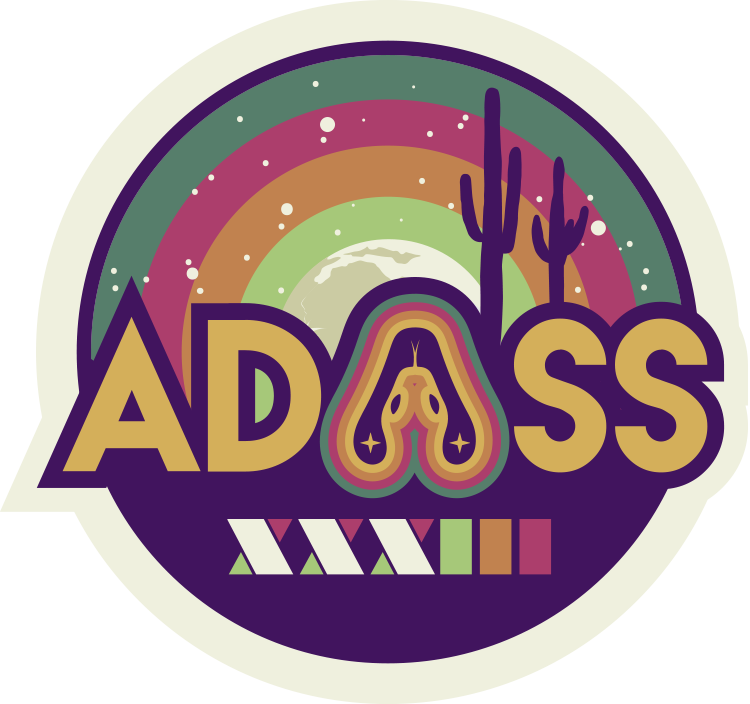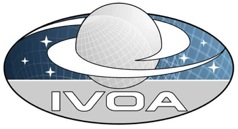ADASS posters are displayed all week
When
Theme: Other creative topics in astronomical software
The CCAT consortium is in the process of constructing the Fred Young Submillimeter Telescope (FYST) that is to be put on Cerro Chajnantor in the Chilean Atacama Desert at 5600m. First light is planned for 2025. CCAT is a collaborative project involving Cornell University, the University of Cologne, the University of Bonn, Max-Planck-Institut für Astrophysik, and the Canadian Atacama Telescope Consortium. In the first years of operation, FYST will be equipped with two instruments: Prime-Cam, a modular receiver with up to seven science modules, and the CCAT Heterodyne Array Instrument (CHAI), which will operate in frequency ranges of 430-510 GHz and 800-835 GHz. The CCAT collaboration gathers the expertise of its consortium to address exciting astrophysical topics ranging from the formation of stars and the evolution of the interstellar medium (ISM) in the Milky Way and nearby galaxies to galaxies in the early Universe and cosmology.
The first-light instruments CHAI and Prime-Cam will generate around 5 petabytes of raw data over the first five years. To manage this substantial volume, the University of Cologne is developing the "CCAT Data Center" hosted at the Regional Computing Center (RRZK). The data center is currently focused on implementing pipelines for data transfer, storage, reduction, and quality assessment. For data processing, we plan to leverage the new RAMSES high-performance computer of the University of Cologne. We intend to monitor the entire data life cycle, from initial project definition through to observations, data reduction, and final science-ready data products and scientific publications, all within a single database. This will enable us to measure success and make informed adjustments at various stages. A web frontend will facilitate efficient data access and insight into the state of the telescope and projects.
In this talk, I will present shortly the CCAT project and its planned scientific endeavors. However, the main focus will be on introducing the “CCAT Data Center”. I will outline architecture plans for data transfer, data management, processing, and accessibility via a web frontend. Finally, I will highlight the challenges that we face in handling the data volume, including e.g. the data transfer from Chile to Cologne or the substantial processing needs for some of the projects.



